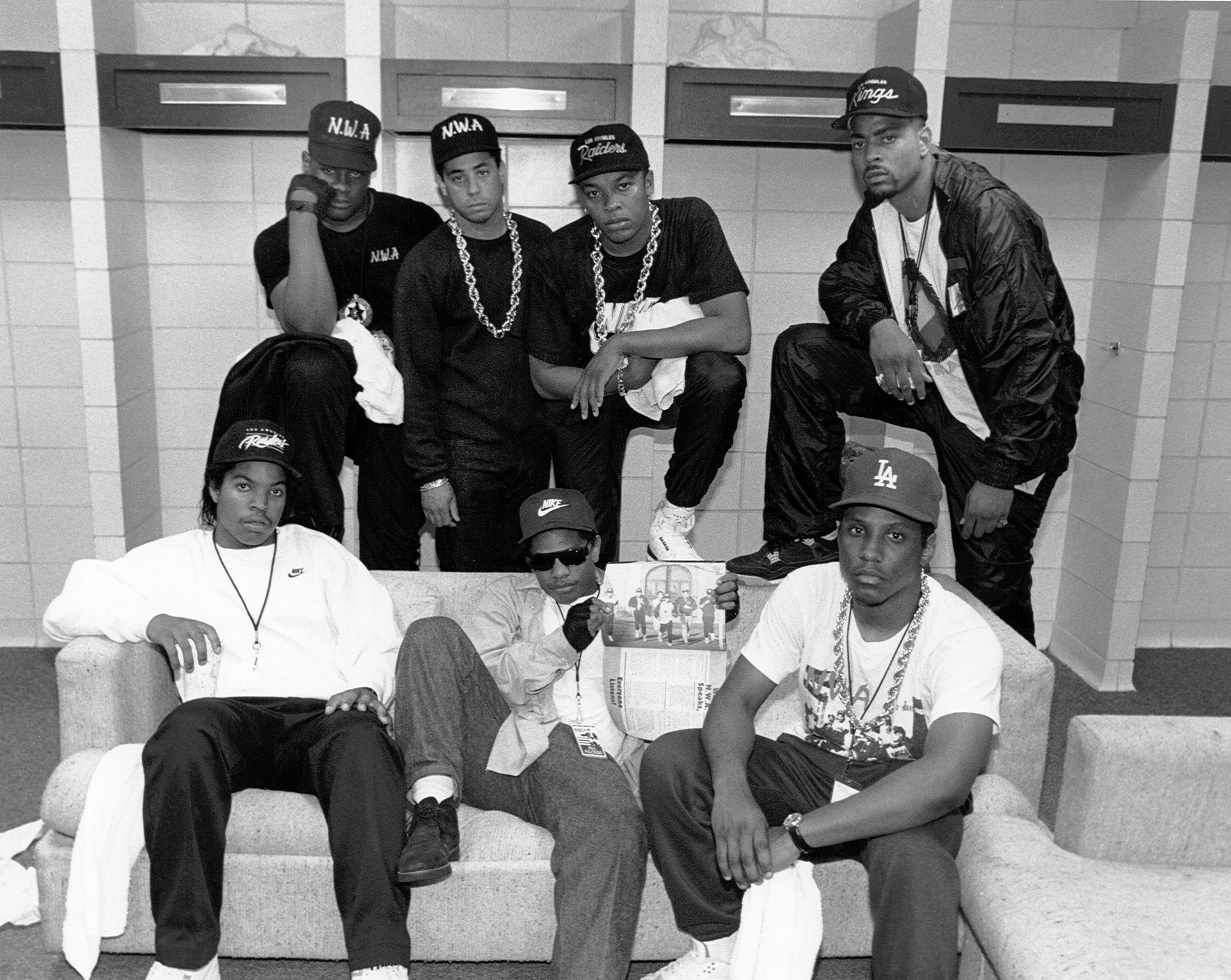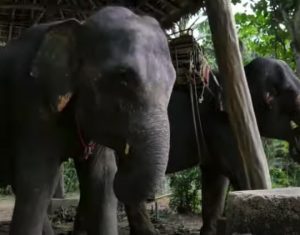Rap rivalries, a long-standing tradition within the genre, have experienced a resurgence of interest thanks to the ongoing feud between Kendrick Lamar and Drake. This clash between two heavyweight rappers has reignited curiosity about musical conflicts.
What constitutes a rap beef? It’s essentially a verbal showdown between rappers, manifested through diss tracks aimed at each other. These tracks serve as showcases for lyrical prowess for the artists involved and as thrilling entertainment for fans.
While New York often claims the spotlight for rap beefs, California has its own share of notable conflicts.
One iconic California feud was between Ice Cube and N.W.A in the late 1980s. Ice Cube’s departure from the group due to financial disagreements led to the legendary diss track “No Vaseline.”
Another infamous rivalry was between Tupac Shakur (2pac) and Christopher Wallace (Notorious B.I.G or Biggie). This East Coast-West Coast clash culminated tragically in their untimely deaths, leaving a lasting impact on the hip-hop world.
The Game vs. 50 Cent is another significant feud, blending the coasts in a battle of words and music that lasted for years.
Fast forward to the present, and the Kendrick Lamar vs. Drake beef has captured widespread attention. What began as friendly competition has evolved into a series of diss tracks filled with allegations and personal attacks, captivating fans’ interest with each new release.
The question arises: Are these rap beefs genuine or orchestrated for publicity and profit? While evidence of staged conflicts is scarce, it’s undeniable that music labels benefit from the increased attention and revenue generated by these feuds. Both Kendrick Lamar and Drake are affiliated with Universal Music Group, potentially adding a layer of complexity to their ongoing rivalry.
In the case of Kendrick Lamar and Drake, their feud has translated into chart success and record-breaking streams, highlighting the financial rewards that can accompany such conflicts.




